ここから本文です。
International Cooperating City
"Hutt City"
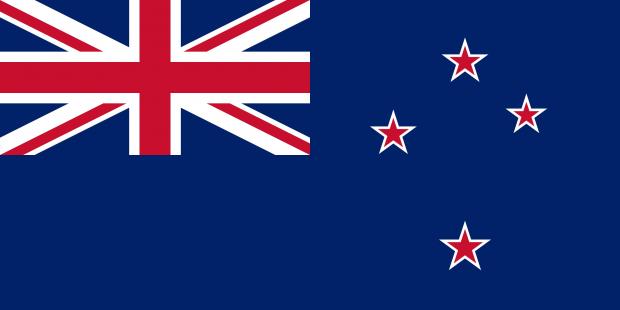
International Cooperating City
1. Hutt City Information
2. Exchanges between Hutt City and Minoh City
- Relationship with Minoh City
- Efforts to address Human Rights and Environmental Issues
- Hutt Minoh Friendship House
- Symbol of our Friendship "Pouwhenua"
- Online Exchanges
- Anniversaries of the International Cooperating Cities Agreement
- Exchanges between Hutt City and Minoh City
- Statistics
1. Hutt City Information
History
Hutt City (Lower Hutt City) is located at the southern end of the North Island of New Zealand. It is also known as Te Awa Kairangi Ki Tai in the native Māori language.
Hutt City was formed on 10 October 1989 from the boroughs of Petone, Eastbourne, Wainuiomata, Lower Hutt, and parts of the Hutt County Council.
Hutt City is the second largest city in the Wellington region and borders the capital city, Wellington. It is located a short 30 km (25 minutes by car) from Wellington International Airport.
Hutt City has an area of around 38,000 hectares. With a population of around 104,000, it is the sixth largest city in New Zealand. It is made up of small distinct communities that provide a unique character to the area.
The city has many diverse ethnic and cultural communities including Māori, the indigenous people of New Zealand. The people of Hutt City are encouraged to participate in a wide range of cultural festivals throughout the year.
The city has many local Marae (traditional Māori meeting houses) that welcome visitors to come and learn about Māori culture.
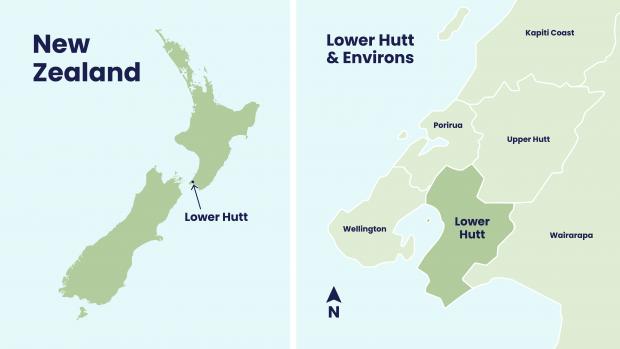 |
|
(Image: Hutt City Council) |
Amenities
Hutt City has a reputation in the Wellington region for its excellent outdoor areas, particularly the river and the bush areas across the city.
Te Awa Kairangi Hutt River is one of the most striking features of the city, as it flows down the valley before reaching the harbor at Petone. In the native Māori language, 'awa' means 'river', and 'kairangi’ is used to describe anything that is held in high esteem. Te Awa Kairangi was a significant freshwater fishery for all Māori of this region.
The river is popular for fishing and water sports, and the "Hutt River Trail" path running alongside the river offers stunning scenic views.
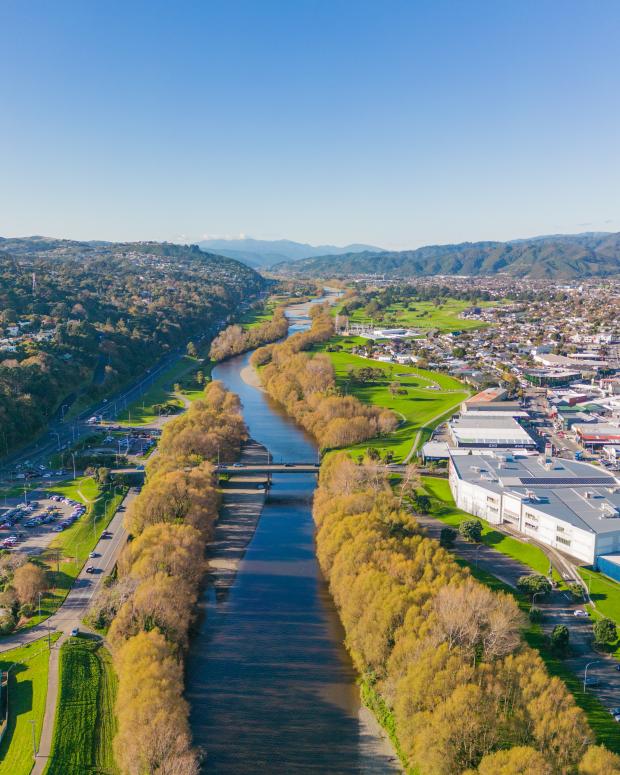 |
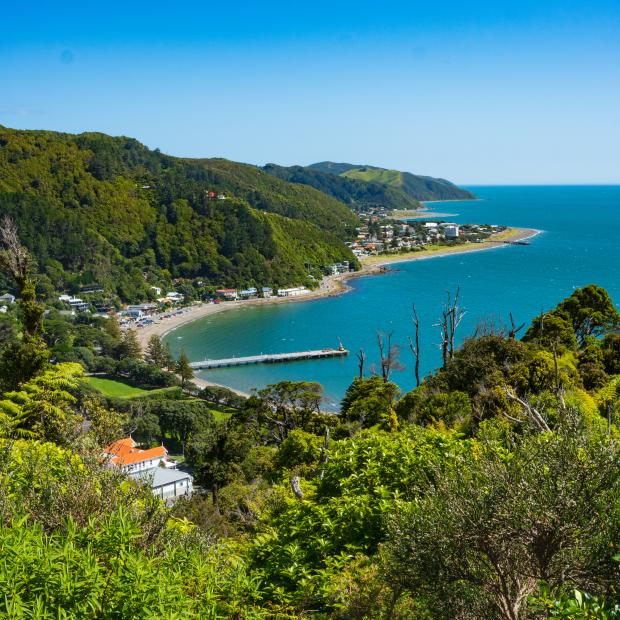 |
|
Te Awa Kairangi Hutt River |
Days Bay (Photo: Hutt City Council) |
Surrounding Suburbs
The seaside suburbs of Petone and Eastbourne provide many beaches for walks and enjoying the spectacular views across the Wellington harbor.
The Western and Eastern Hills offer walks through native New Zealand bush with views across the Hutt Valley. There are an endless number of tracks winding their way through the bush, providing nature and recreational walks from one hour to one day.
Many vibrant flower beds and lush public parks are scattered across the city. Some of these parks also have facilities for having a picnic or a barbecue.
Hutt City also has many nature reserve areas dedicated to growing and protecting endangered native plants.
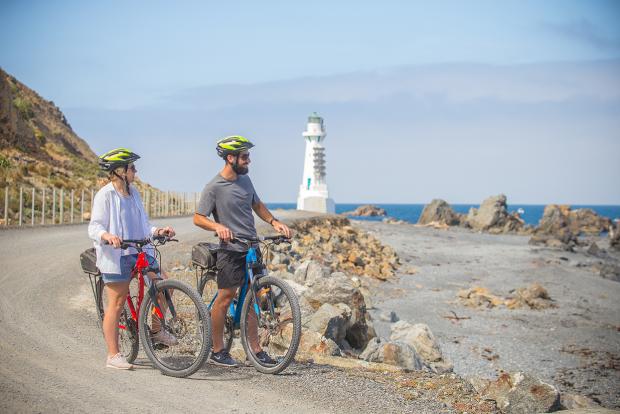 |
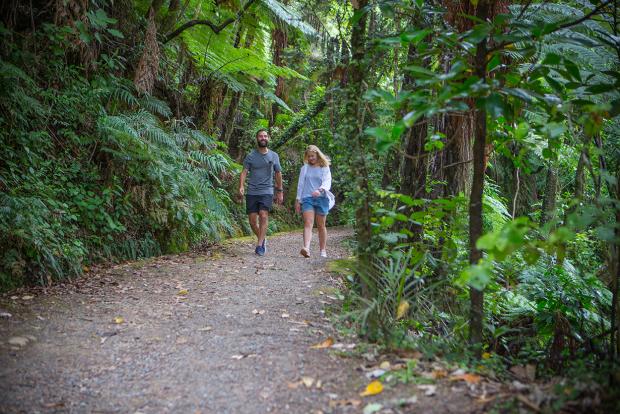 |
|
Pencarrow Coast (Photo: Capture Images) |
Eastbourne Native Bush Trail (Photo: Capture Images) |
Leisure Activities
There are swimming pools, sports grounds, playgrounds, and golf courses for everyone to enjoy. During the Summer, (November to March) Hutt City is alive with people enjoying the outdoors. Other people may be interested in visiting Queensgate Shopping Centre, or some of the boutique shops on Jackson Street in Petone.
The Dowse Art Museum offers an interesting collection of contemporary art and craft works. The collection features fine artworks, as well as paintings, sculpture, and photography. Its collection is unique to New Zealand. The frequently changing exhibitions at the Dowse are free to visit and feature local, national, and international artists.
Hutt City provides a safe and attractive environment to live and raise a family. There are many schools as well as a range of tertiary institutions within the valley and the wider Wellington Region. International students are welcomed at many of these facilities.
2. Exchanges between Hutt City and Minoh City
Relationship with Minoh City
International Cooperating Cities Agreement
In 1995 an International Cooperating Cities Agreement was signed between Hutt City and Minoh City. There are ongoing exchange programs and activities between the people of both cities.
International Cooperating Cities Agreement between Hutt City and Minoh City
Hutt City and Minoh City agree to work together as international cooperating cities and to promote understanding between their citizens by the:
- promotion of educational exchanges between residents
- promotion of cultural understanding and exchanges of cultural groups and art works
- joint efforts to study and address local government issues
- joint efforts to study and address global problems including human rights and environmental issues
- promotion of tourism and investment
Efforts to address Human Rights and Environmental Issues
In addition to visits to Minoh City from Māori groups, we have held seminars regarding Human Rights, and have deepened our understanding of "the present condition and problems of minority ethnicities such as Māori", and "Tu Tangata", a successful education program for youth support. These kinds of citizen-level initiatives help promote international understanding, enrich our communities, and contribute to making our cities a better place to live.
During a time of rising international concern about nuclear bomb tests, the mayors of Hutt City and Minoh City wrote letters under a joint signature, requesting that nuclear bomb tests cease indefinitely. Both cities took this action in solidarity towards nuclear-free peace and environmental conservation, as members of the international community and citizens of the same earth.
Hutt Minoh Friendship House
The opening of Hutt Minoh Friendship House (External Link) on 8 May 1999 strengthened the International Cooperating Cities relationship between Minoh and Hutt City. This house was refurbished as Hutt Minoh Friendship House to be used for international exchange between New Zealand and Japan.
The refurbishment of the house had three important elements:
- The restoration of an important aspect of New Zealand's heritage
- To provide exhibitions and information about Japanese culture at the house so that people can experience, learn, and understand the Japanese way of life
- To provide a center to facilitate exchanges and ongoing friendship between the people of New Zealand and Japan
The interior of the house is refurbished to provide exhibitions and information on Japanese culture. It is also used as a venue for activities relating to the promotion of mutual understanding and a long-term relationship.
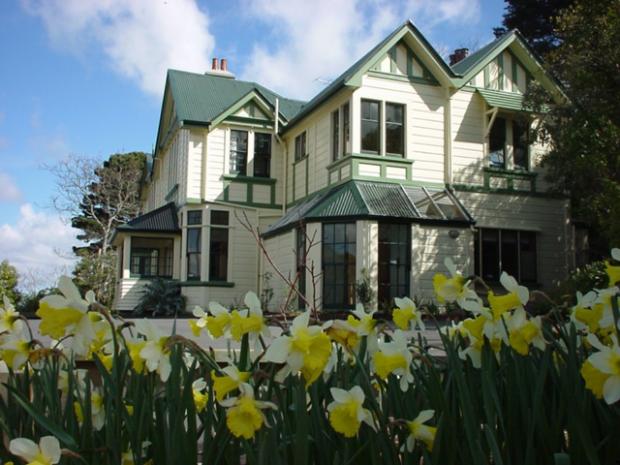 |
|
Hutt Minoh Friendship House |
Hutt Minoh Friendship House 2014 Brochure(PDF:1,176KB) (Japanese)
Symbol of Friendship "Pouwhenua"
This is a traditional Māori carving, called a Pouwhenua in the Māori language. It has been carved from New Zealand Totara timber and donated by Hutt City.
The figures at the top and bottom are called Manaia. These are portrayed in the Eastern and Western Māori styles. New Zealand paua (abalone) shell has been used for the eyes. The gouges over the surface of the panel represent the oceans.
In the center is a dove, representing Rangimarie (peace). The Pouwhenua attempts to link the east and the west known as Te Timatanga (The beginning). Ancient Māori believed that this subject came about from the creation of heaven and Earth, with the rising of night and day from the east, finishing in the west.
This Pouwhenua was carved by Mr. Bryce Manukonga as a "symbol of friendship between the citizens of Minoh and Hutt City". It is also intended to be a "symbol of peace and friendship to all cultures".
The Pouwhenua was unveiled at Maple Hall in Minoh City on the 4th Anniversary of the International Cooperating Cities Agreement on 16 July 1999.
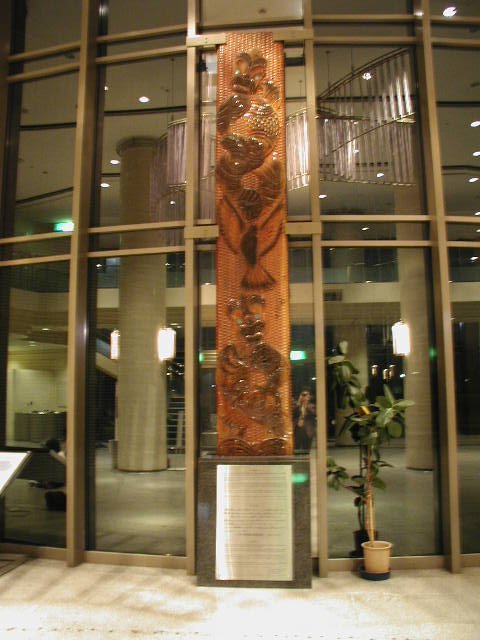 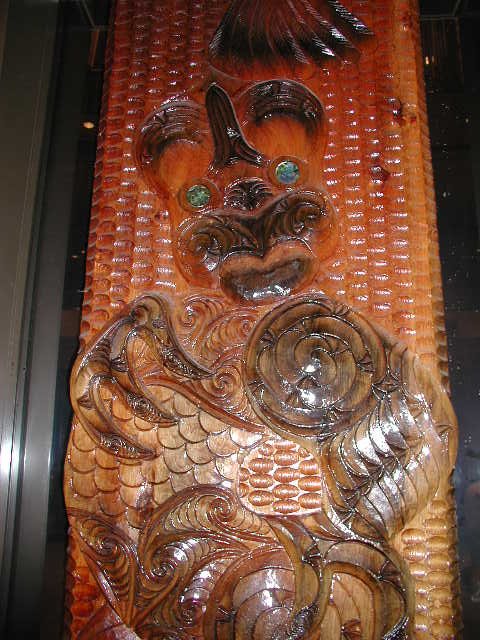 |
|
Pouwhenua, Maple Hall, Minoh City |
Online Exchanges
Between Minoh and Hutt City, the time difference is only three/four hours even though the distance is over 9,000 km.
To make the most of this, we set up displays at two schools (Saito No Oka Gakuen, Todoromi No Mori Gakuen) and the Multicultural Center in Minoh. They are connected with two schools (Tui Glen School (External Link), Epuni Primary School (External Link)) and the War Memorial Library (External Link) in Hutt City.
We connect through video calls using the displays, so students and citizens between Minoh and Hutt City can communicate freely with each other in real time. Currently, video calls are held between Saito No Oka Gakuen and Tui Glen School (2024).
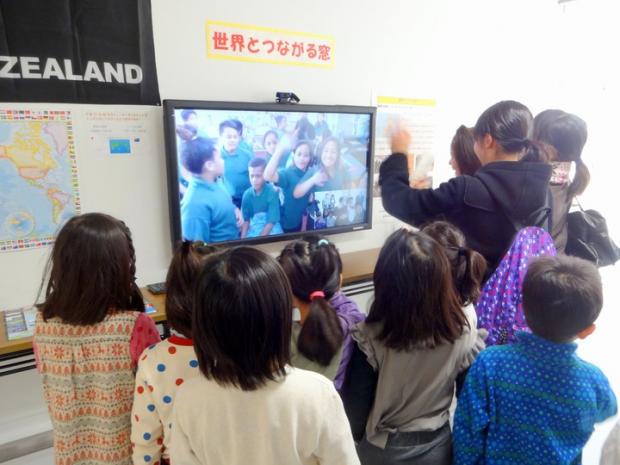 |
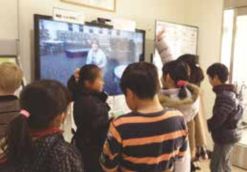 |
| Saito No Oka Gakuen, Minoh City | Multicultural Center, Minoh City |
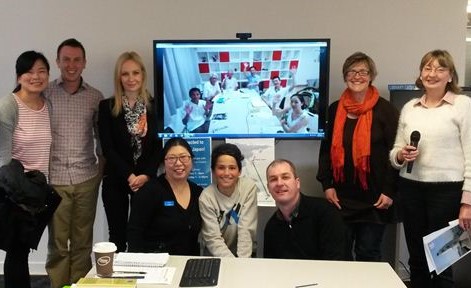 |
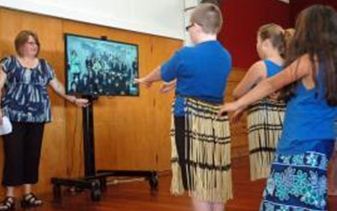 |
| War Memorial Library, Hutt City | Epuni Primary School, Hutt City |
Anniversaries of the International Cooperating Cities Agreement
-
20th Anniversary of the International Cooperating Cities Agreement
-
30th Anniversary of the International Cooperating Cities Agreement
Exchanges between Hutt City and Minoh City
For a list of exchanges, please see the Exchanges Between Hutt City and Minoh City page.
Statistics
Population
|
|
Hutt City (2018 Census) |
Minoh City (2020 Census) |
|---|---|---|
|
Population |
104,532 |
136,868 |
|
Households |
36,075 |
58,088 |
Age Breakdown
|
Age |
Hutt City (2018 Census) |
Minoh City (2020 Census) |
|---|---|---|
|
Under 15 |
20.3% |
14.9% |
|
15 to 24 |
12.5% |
10.9% |
|
25 to 44 |
28.1% |
21.8% |
|
45 to 64 |
25.5% |
25.8% |
|
65 and over |
13.6% |
25.8% |
Ethnic Breakdown (2018 Census)
|
|
Hutt City |
New Zealand |
|---|---|---|
|
European |
67.6% |
70.2% |
|
Māori |
18.4% |
16.5% |
|
Asian |
15.2% |
15.1% |
|
Pacific Peoples |
11.5% |
8.1% |
|
Other |
3.0% |
2.7% |
The population of registered foreigners in Minoh City is 3,072 (2.2%) (As of April 2024)
Climate
|
|
Hutt City (2022) |
Minoh City (2022) |
|
|---|---|---|---|
|
Temperature |
Average |
14.7 ℃ |
17.1 ℃ |
|
Highest |
32.3 ℃ (January) |
39.4 ℃ (July) |
|
|
Lowest |
1.2 ℃ (June) |
-1.6 ℃ (February) |
|
|
Rainfall |
1,918.6 mm |
1,377.5 mm |
|
よくあるご質問
PDF形式のファイルをご覧いただく場合には、Adobe Acrobat Readerが必要です。Adobe Acrobat Readerをお持ちでない方は、バナーのリンク先から無料ダウンロードしてください。
お問い合わせ
より良いウェブサイトにするためにみなさまのご意見をお聞かせください



